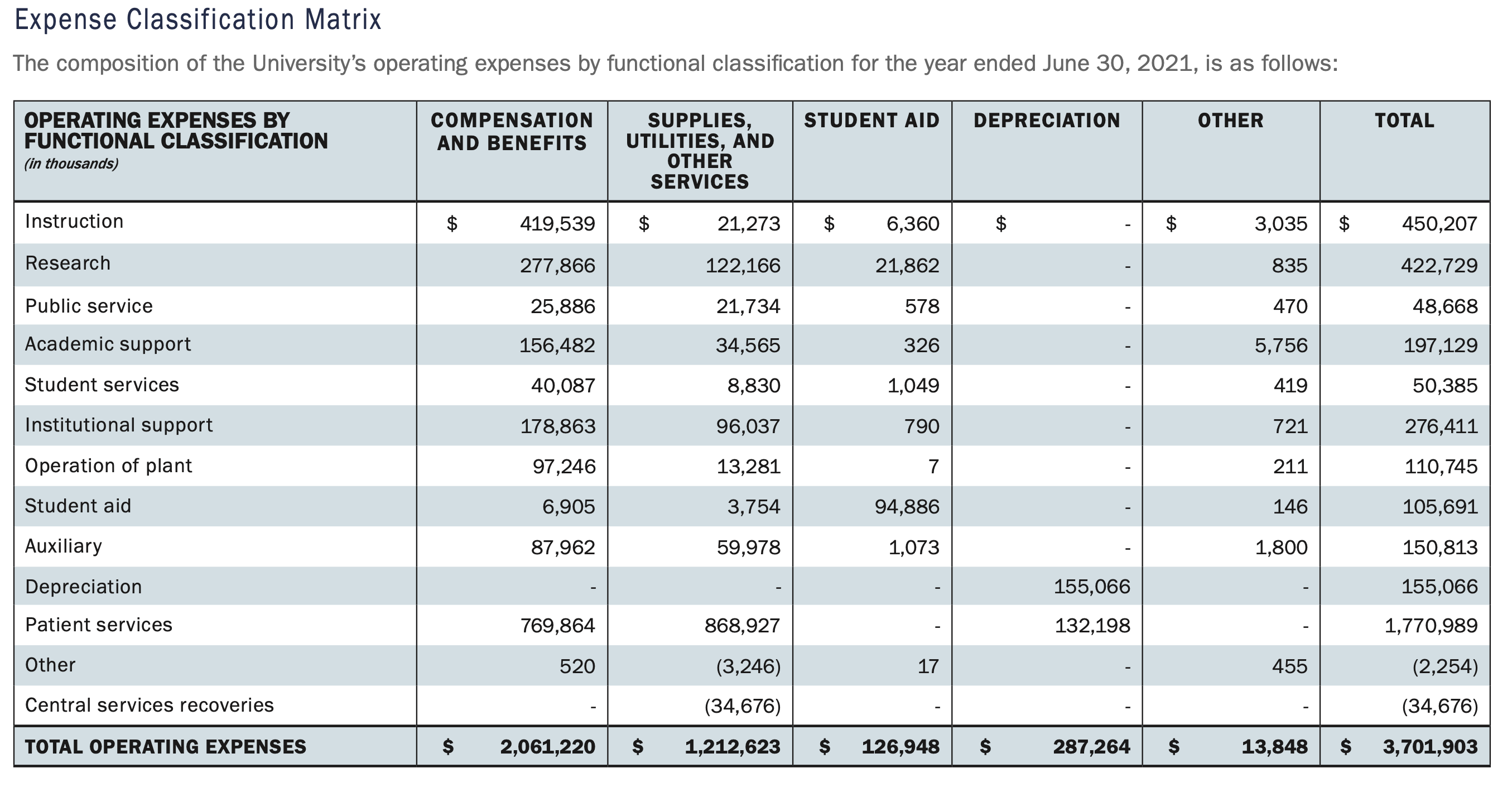
by James C. Sherlock
In 2015, Professor Paul Campos of the University of Colorado at Boulder wrote an op-ed for The New York Times that clarified for many a major issue in the rising costs of a college education — the exponential growth of the number and costs of administrators.
According to the Department of Education data, administrative positions at colleges and universities grew by 60 percent between 1993 and 2009, which Bloomberg reported was 10 times the rate of growth of tenured faculty positions.
Even more strikingly, an analysis by a professor at California Polytechnic University, Pomona, found that, while the total number of full-time faculty members in the C.S.U. system grew from 11,614 to 12,019 between 1975 and 2008, the total number of administrators grew from 3,800 to 12,183 — a 221 percent increase.
With inflation putting pressure on budgets, I hope Boards of Visitors are taking a hard look at reducing expenses before increasing tuitions.
I offer for consideration the expense classification matrix for the University of Virginia for FY 2021, the latest year available.
We see that instruction cost $450 million.
If we combine academic support and institutional support, we get $474 million, which thus seem like budget lines in which to look for savings.
Students at UVa are passing around an unsigned pamphlet demanding raises for faculty.
Recent, separate private correspondence with three different tenured UVa faculty members indicates that they would be very happy to see the administration slashed whether their own compensation is increased or not.
They generally feel both overwhelmed with and beyond tired of administration interference with teaching and research, including demands on their time for things they consider unproductive nonsense.
I doubt this is unique to UVa among our state schools.
The Governor should ensure that the schools and their auditors have standardized criteria for reporting expenses and ask each Board of Visitors for an annual report on management and administrative costs and plans to reduce them.


Leave a Reply
You must be logged in to post a comment.